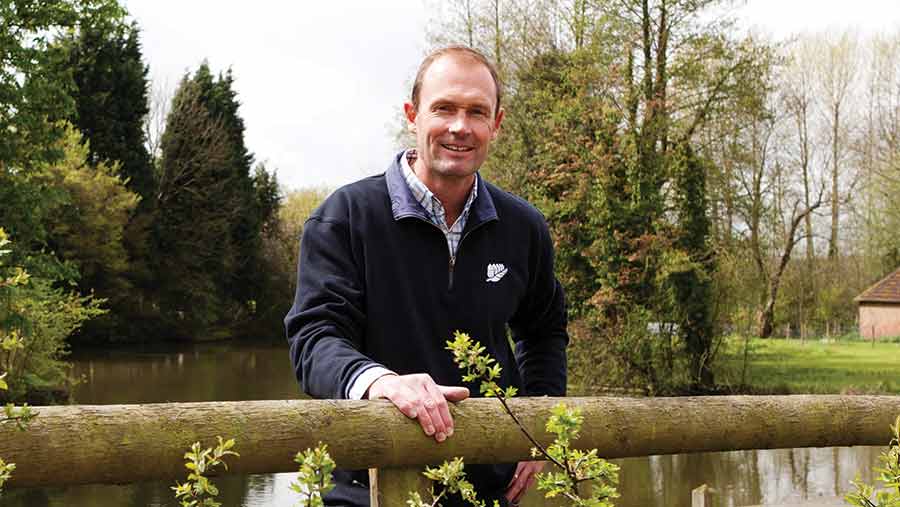Farmer Focus: Interesting results from OSR companion cropping
 © Alexandra Joseph
© Alexandra Joseph In the extraordinary warm autumn weather, one of our flower margins actually produced blooms for a second time this year and was full of foraging bees at the beginning of November.
The earliest-sown cover crop mix has also kept ahead of the lambs put in to graze it, but with reinforcements and cooler temperatures on the way, that will no doubt change.
The value of cover crop mixes has been seen on one of our biggest fields containing areas of differing soil as different species have come to the fore in different places.
See also: Read more from our arable Farmer Focus writers
My fourth year of oilseed rape companion cropping has produced what looks like a field of bizarrely forward beans.
But there really is rapeseed in there, I promise. I was recently saved from concluding that I was completely mad by a tweet from a well-respected French adviser who posted a picture of an oilseed rape, beans and lentil mix, explaining the advantages of increased photosynthesis and carbon storage.
They do at least seem to be hindering the pigeons that are landing in the neighbouring oilseed rape-only field.
It was interesting to hear one of the recent Yield Enhancement Network winners theorising that a carpet of weeds (which the weather rendered him unable to spray until the spring) enabled his field of wheat to capture more solar radiation in the autumn.
This could suggest a wider use of companion cropping, but we do need a lot of experimenting yet to get it right.
My previous attempt with clover under wheat did not work, but I do think it was the fault of the tools I had, not me.
Although the jury is still out on whether planting beans with my oilseed rape will actually pay, looking at the predicted gross margin figures, there is some doubt whether the more traditional approach of planting them on their own in the spring will either.
However, what are the alternatives? In a personal bid to lower world wheat stocks I am trying various areas of grass now, some for grazing and some for seed, but there is a limit.
Andy Barr farms 630ha on a mixed family farm in Kent, including 430ha mainly of winter wheat, oilseed rape and spring barley. The rest is in an OELS scheme and grazing for 500 Romney ewes and 40 Sussex cattle.

